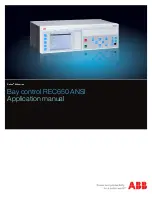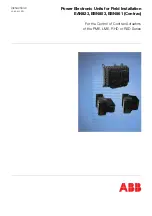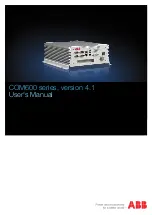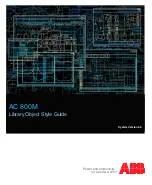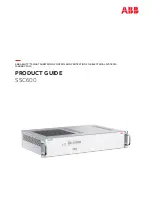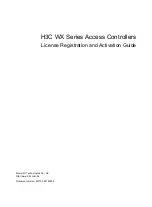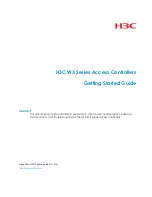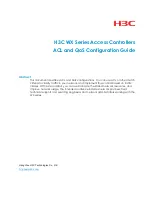
Sequences of Operations
Page 49 of 67
eZV-440 Version 2.1 Application Guide
Document Edition 2.5
•
Motion or pushbutton occupancy inputs like occupancy contact signals. These can be
further divided into maintained contact and momentary contact signals. When
scheduling is off, motion or pushbutton inputs cause the space to switch between
Unoccupied and Unoccupied Override modes. The following table describes the
supported types of motion or pushbutton occupancy inputs:
Motion or
pushbutton
occupancy
input
Description
Motion
Motion sensor starts a timed override when motion is detected in the
space.
Occupancy
Override
button
This is a pushbutton located in the space that when pressed starts or
renews a timed occupancy override.
Occupancy
Toggle button
This is a pushbutton located in the space that when pressed either
starts a new timed occupancy override or cancels an existing override.
Occupancy
Cancel button
This is a pushbutton located in the space that when pressed cancels
any existing occupancy override. This option is only available with the
eZNS or DNS network sensors.
Occupancy
Maintained
Contact
This is a maintained contact occupancy signal such as a mechanical
time clock signal or a 2-position switch.
•
Balancing mode is enabled on the Air Balancing tab by selecting an option other than
None_ in the Balancing Mode field. When an option other than None_ is selected, the
object OccupancyMode_ (MV800) is automatically assigned a Balancing_ state.
The occupancy modes determine which temperature setpoints are used for the space.
Occupied Mode
In Occupied Mode:
current heating setpoint = Occupied Heating Se Occupied Setpoint offset
current cooling setpoint = Occupied Cooling Se Occupied Setpoint offset
In Occupied Mode (with Eco Mode set up on network sensor or enabled using MV13 object):
current heating setpoint = Occupied Heating Se Occupied Setpoint offset - Eco Mode Setback
current cooling setpoint = Occupied Cooling Se Occupied Setpoint Eco Mode Setback
Occupant setpoint sits between the occupied heating and cooling setpoints. The occupied
setpoint offset is restricted to be within the occupied setpoint offset range.































